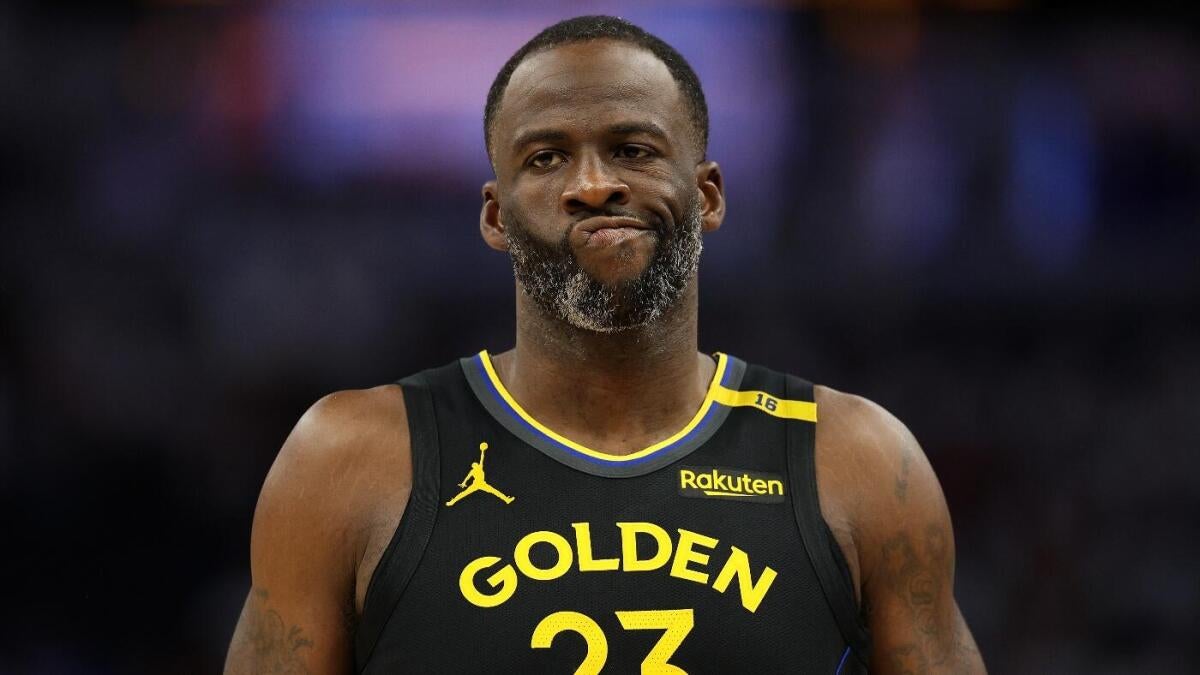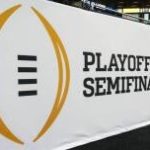

By the time NBA free agency opened at 6 p.m. ET on June 30, the biggest names on the free agency market were Myles Turner, Dorian Finney-Smith and Nickeil Alexander-Walker. With respect to those three talented players, the lack of star power in free agency this year (and last year) has been quite notable.
The league has shifted how it does business, and teams no longer try to clear tons of cap space in order to sign stars. Paul George joining the Sixers last year was the rare recent All-Star signing with a team into cap space, but that was a particularly unique circumstance for both Philly and George — who wanted to return to L.A., but wasn’t given the extension offer he wanted.
Otherwise, most of the major moves in free agency now get done by way of a sign-and-trade, while stars typically change teams via a trade request towards the end of their current deal, using the threat of walking in free agency to get to a preferred destination to work out an extension. That’s what we saw with Kevin Durant this summer, and it’s been in the playbook for most every star in the league for some time now.
As a result, the start of free agency has lost its luster, and some feel like that’s a change for the worse. Among them is Draymond Green, who took to Threads late Tuesday night and posted a lengthy thread of thoughts on why the new CBA and the second apron are to blame for where the league is right now and how he feels young players are mismanaging their careers.
I’m sitting in my mancave having a conversation with my wife. Baffled at the fact that NBA free agency is over. Quite frankly it never really started. The level of anticipation leading up to July 1st were as exciting as the fireworks on the 4th. It was the excitement of the NBA Finals yet only a week after watching a team spray champagne and ride on floats. One can only point to the “New CBA” and the 2nd apron (hard cap) for absolutely putting an end to Free Agency as we once knew it.
Sadly, I sit here and watch so many players overplay the market and not understand what they are up against with the new rules. Which leads me to trying to understand the unstaggering percentage of guys that has no idea of THE BUSINESS they are apart of. And I as a “VET” in this league watch players mismanage their careers and before they know it, look back like DAMN, where to next? I can go so far with this but I really don’t feel like typing it all right now.
Because, there’s so many arms to this topic. An Insane amount and then add in my personal experience with it. I have what I think is an extremely unique perspective on this. I am obviously a player, a former amazing general manager is one of my close friends. I am very close with previous owners and current ones. I was introduced to the business at 16 by Joe D, so yeah all that to say, it’s interesting to watch and also be apart of. Maybe I’ll write some long piece, or maybe I’ll just do a podcast lol.
But regardless of where I decide to let these thoughts out, I should’ve been the Players association president lol. I could’ve helped a lot 🤷🏿♂️The league is great, it’s been great to all of us. Amazing partnership amongst players, staff, front office, ownership, and Fans that make the well oiled machine soar. And rightfully so, but it’s baffling to me how little players know about this business and how it affects them and ways most don’t understand.
Funny thing is, I said this before the last CBA. Kinda beating a dead horse I suppose lol. And also before yall run and make this about JK, it isn’t. He’s 22 and will be great and make a bunch of money, so this ain’t got nothing to do with him.
The note at the end insisting this wasn’t about Jonathan Kuminga is pretty funny, as Kuminga is, without question, the biggest free agent still unsigned and in quite the standoff with Green’s Warriors as a restricted free agent — and holding up deals the Warriors hope to make with Al Horford and others. If he’s not speaking about Kuminga, it’s hard to pinpoint exactly who the other example is this year of a player overplaying their hand in negotiations without any real leverage.
The second apron has certainly changed the way the league does business, and we’ve seen the ramifications a few times already — most notably the way the Boston Celtics have held a mini-fire sale this summer. That said, as some (like Bobby Marks) pointed out in response to Green, the second apron is not the real reason for the lack of star free agents hitting the market.
The big change has been to the new extension rules, where we typically see the superstar players signing massive extensions once eligible to maximize their earnings and guarantee the maximum money, and then make moves behind the scenes to steer themselves to a new destination in a trade later if they so choose. Teams can also negotiate deals to keep their players before free agency opens, which is why we had a flurry of agreements getting reported well in advance of June 30.
Because the top players now tend to move via trade, teams are less focused on having cap space and more focused on having tradable contracts, exceptions and assets to capitalize on an opportunity to acquire a star when it presents itself. That has shrunk the number of teams that come into an offseason with cap space to pursue free agents tremendously, which has created a squeeze on free agency for the NBA’s middle class.
Stars still have plenty of leverage over teams in negotiations because it’s even harder to believe you can just go out and get one with how few come truly available. As such, even fringe All-Stars can command a massive extension from their current team, because there aren’t great alternatives.
On the flip side, that’s hurt the ability of players in the middle of the rotation to apply pressure to maximize their earnings. With so few teams having cap space to bid on potential free agents, players in the middle have lost a considerable amount of leverage. That’s why you see players agreeing to more deals with non-guaranteed years and team options, which teams love because they are easily tradable and also present an avenue to shed salary if needed to duck aprons.
Restricted free agents have it even worse, because their only hope of applying pressure to their current team to make a big offer is to get an offer sheet. The problem now is teams don’t want to tie up any precious cap space they do have with an offer sheet that can take days to go through. The only two offer sheets we’ve seen made in the last two years were Deandre Ayton in Indiana (which the Suns eventually matched) and Matisse Thybulle in Portland (which the 76ers did not).
The second apron, which Green correctly points out has become a hard cap, has absolutely changed the way NBA business gets done. Calling it the main culprit for killing off NBA free agency is a stretch, but it has certainly impacted what players have leverage in negotiations and what teams are willing to offer. That, coupled with star players opting for extensions over a summer of free agency meetings, has led to the death of free agency as we once knew it — at least until the next superstar is willing to pass on the guaranteed money and make it clear he’ll listen to all offers.
This news was originally published on this post .





Be the first to leave a comment